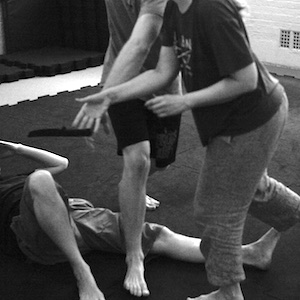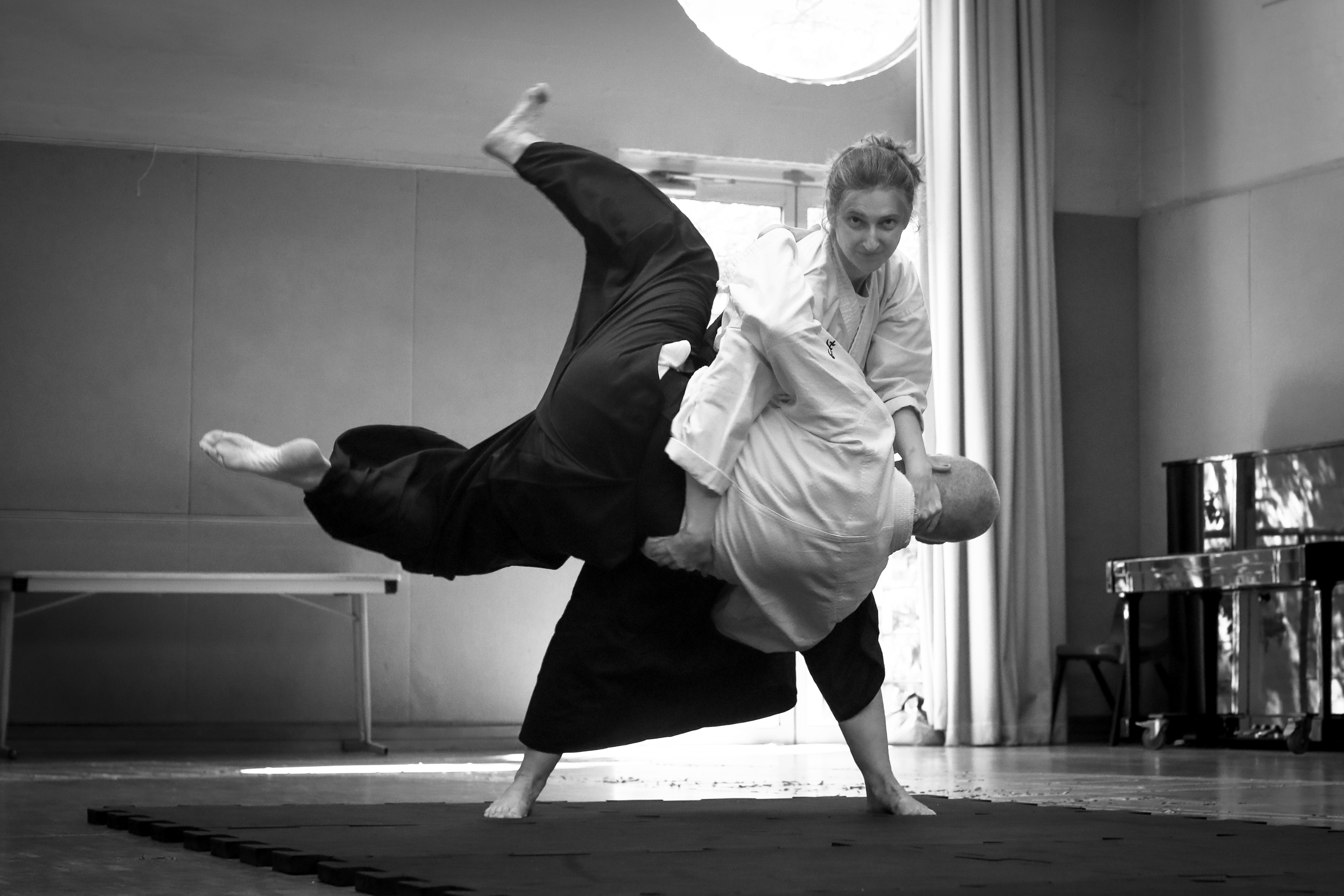 Save the Day is neither a martial art nor self-defence in the conventional sense. It’s how to break human structure. For martial artists it’s an extension of their existing training, providing knowledge and skills essential in a crisis.
Save the Day is neither a martial art nor self-defence in the conventional sense. It’s how to break human structure. For martial artists it’s an extension of their existing training, providing knowledge and skills essential in a crisis.
What it is…
Save the Day is a once-and-done survival skill. Think of it as a military-grade crash-course for civilians, because those are its origins.
We introduce at least a dozen specific anatomical targets and show you how to cause function-destroying injury deliberately and reliably each time you touch your training partner.
Before lunch you will improvise sequences of injuries based on how your training partner reacts to the preceding injury.
If you’re interested in adult learning, you’ll experience an amazing training methodology. You will discover principles you can apply immediately to your own training.
… and isn’t
The information and skills you acquire at Save the Day are useful only when life is at imminent risk and you have no alternative. To use violence in any other situation is unwarranted, unconscionable and potentially criminal.
We don’t teach submission techniques. There are no joint locks, pain-compliance, or arrest and restraint applications. No feints, blocks or counters. We don’t teach defensive strategies. You will not learn anything you can use responsibly in competition. You will only learn how to injure another human until they no longer pose a threat.
That’s how we get participants from zero-assumed-knowledge to effective in under a day: we only teach one thing — how to cause injury.
Really?
Every martial artist says, “Oh yeah, we do that”. Really? You improvise multiple specific injuries, in five seconds or less, unarmed, on another living human being, in such a way that both of you know for certain whether or not they would actually be injured and can identify the specific injuries? And each of those injuries would require at least a hospital visit, if not emergency medical intervention?
There are lots of reasons people train martial arts. And every art has its outcomes and objectives. The majority of martial arts train for predictable, negotiable, manageable interactions. And that’s incredibly worthwhile, because that training gives people skills to improve their lives in the situations they are most likely to encounter.
By contrast, Save the Day assumes that, despite your best efforts, you find yourself in the sort of nightmare situation you hope never to encounter in your entire life: perhaps regaining consciousness in a home invasion, terrorist attack or rape-murder in progress… The specific details aren’t relevant because training is not scenario-based and the basic principles always apply.
Decision time
Are you confident you have a better-than-even chance of surviving the unthinkable? What about your fellow students and the people you teach?
